My friends, it’s done! On June 23rd, I ran the marathon in Coimbra — and in an unexpected and hilarious turn of events, your girl even made it to the podium. If you want to learn how to pull that off on your first marathon with only six months of training, just keep reading.
Part 1 | Part 2 | Part 3 | Part 4
Last weeks of training
In the final five weeks, I averaged 38.5km per week, peaking at 53.1km. My longest run was planned for 35km but reality had other plans, so 30km it was.
I set out for the 35km on a beautiful day and headed to the park, where I was enjoying the lovely weather and paying attention to everything except the ground. That’s when I stepped right into a hole and twisted my foot in a way it didn’t want to be twisted. A few minutes later, pain kicked in, and I could barely put any weight on my foot, let alone run. I only made it to the 18km mark before calling Cioga for a rescue.
When I felt ready to attempt a long run again, it was closer to the marathon than I would have wanted, but I knew I’d feel more at ease if I did a final test drive. All was going well until, at 29km, the foot pain came rushing back like it missed me. I called it quits at 30 km.
So, on the days leading up to the marathon, I had two concerns:
- My foot: if it started acting up at 30km again, I wouldn’t be able to finish the remaining 12km, not even walking.
- The weather: Coimbra was promising temperatures over 30°C, and with a 9 a.m. start, I knew I was going to get smacked with that noon sunshine.
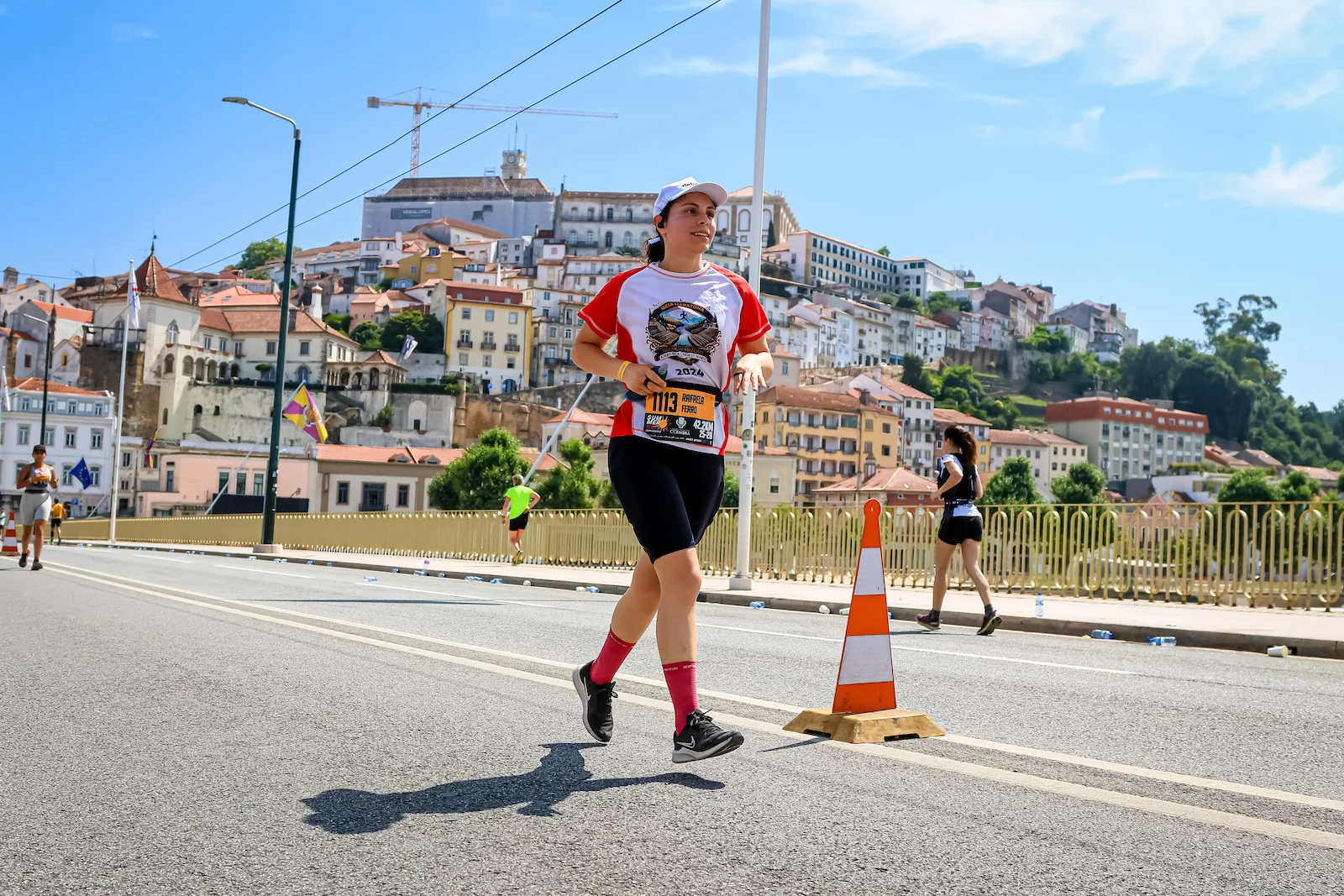
Side notes & curiosities
Body composition, before and after
Many factors influence how our bodies adapt while preparing for a marathon. I was curious about what would happen in my case, so I did a body composition scan at the start and end of these six months. These scans aren’t super accurate, but these were the results:
- Weight: up by 1.3%
- Body fat: down by 2.6% (in relation to total body weight)
- Muscle mass: up by 3.3% (in relation to total weight)
While I wasn’t running to achieve a particular body composition, I was pleased to see that, by continuing to do strength training and adjusting my nutrition, I was able to preserve the muscle from previous training — and even gain some.
I know some people who avoid running because they don’t want to lose muscle, so I wanted to share my experience to show how that’s not always the case — as my quads and calves are happy to confirm 😄
Plus, goes without saying, my cardiorespiratory health has never been better.
The costs of running a marathon
After my first post about running a marathon, I got hit with messages telling me about all the things I had to buy. Expensive shoes, watches and gels... people told me I wouldn’t be able to reach my goal without all that. I understand how these might help with performance, and if you need or want these — go for it! But it’s perfectly possible to run without the latest running shoes, or the $200 watch. I tend to see beauty in accessibility and I fundamentally don’t think that running needs to be expensive upfront.
Even without buying every fancy gear and gadget, I still spent around 800€ over 6 months. The biggest portion went to the membership for the gym where I did my strength training sessions.
- Gym membership: €320 (for 6 months)
- Running events: €136
Includes: three 10k events for €12 each (4 Estações), two half marathons for €30 each (Meia Maratona Europa in Aveiro, Douro Vinhateiro), and the marathon for €40 (Coimbra Summer Run)
Almost every event increases the ticket price as the date gets closer, so you can get better deals by registering well in advance.
- Training program: €49
- Physiotherapy sessions: €105
This was because of my feet numbness
- Equipment: €121
From Vinted: 2 high-support sport bras for €35, running shorts €16, waterproof wind jacket €15. From Decathlon: 2 water bottles at €10 each (because I lost one, oops), a phone belt for €8, 2 pairs of socks for €6. From Compressport: 1 pair of socks for €21.
I could reuse most sports clothes I already had, but bras with higher support were more comfortable and the running shorts were helpful because most of my other shorts and leggings caused chafing on longer runs.
- Snacks and homemade gels: around €25 (mainly maple syrup, lime, and candy)
I didn’t use a watch, running shoes*, or gels. Still crossed the finish line with no injuries and a smile.
*I did buy running shoes at one point, after a lot of pressure from Gerardo, but only used them twice since they caused me knee pain. The rest of my training and runs were done in the second-hand sneakers that were not proper for running but that I felt most comfortable in.
The day of the marathon
I had spent the previous six months gradually increasing the maximum distance of my long runs. When I woke up that morning, I was excited but it didn’t feel more daunting than the first time I set out to run 18km or any other new distance, apart from it being a bigger increase than usual.
My goal for that day was simply to cross the finish line. If I could do that with minimal walking, fantastic. But given that my longest run was 12km short of the marathon distance, I was at peace with the idea of walking a good portion of those last 12km.
Miraculously, the morning started off cloudy, so we got almost two hours of reasonable temperature. I began feeling some discomfort on my foot early on, but it didn’t get worse than that so it was manageable. With those two things more under control than I had expected, slow and steady was the mantra.
“Slow and steady wins the race” — and it turns out I could have walked the full 42km and still get a spot on the podium. There were so few people running the marathon that my category only had three people — that’s how I placed 2nd. I can say it gave me and my friends a few good laughs and, every now and then, I still remind Cioga that he’s dating an awarded athlete.
The route was 4 repeating laps, which I don’t love; but it was in the area where I did 90% of my training runs, so I was playing at home. More importantly, it turned out to be a great thing because I got to see Cioga (who was also running his first marathon 🔥) and our friends who came to support us multiple times.
In the end, I was able to run the entire 42km and even finished almost 30min earlier than I was expecting (I was estimating conservatively).
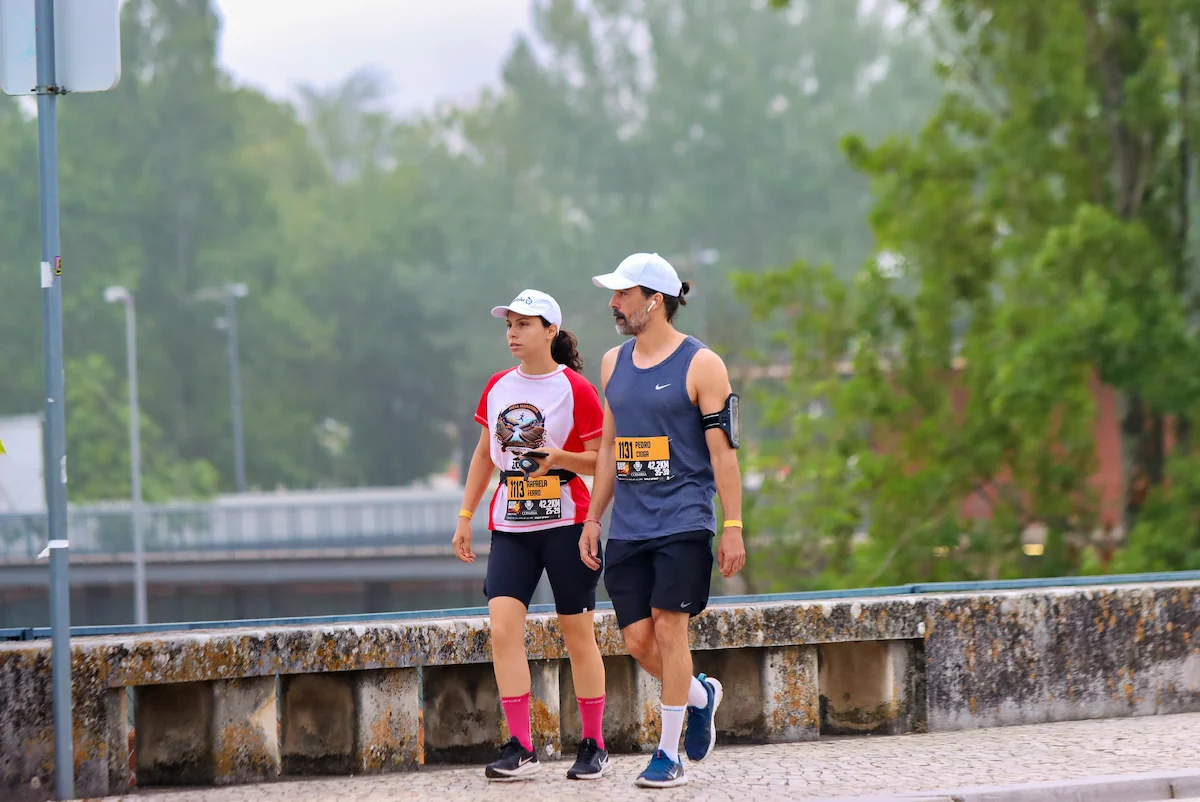
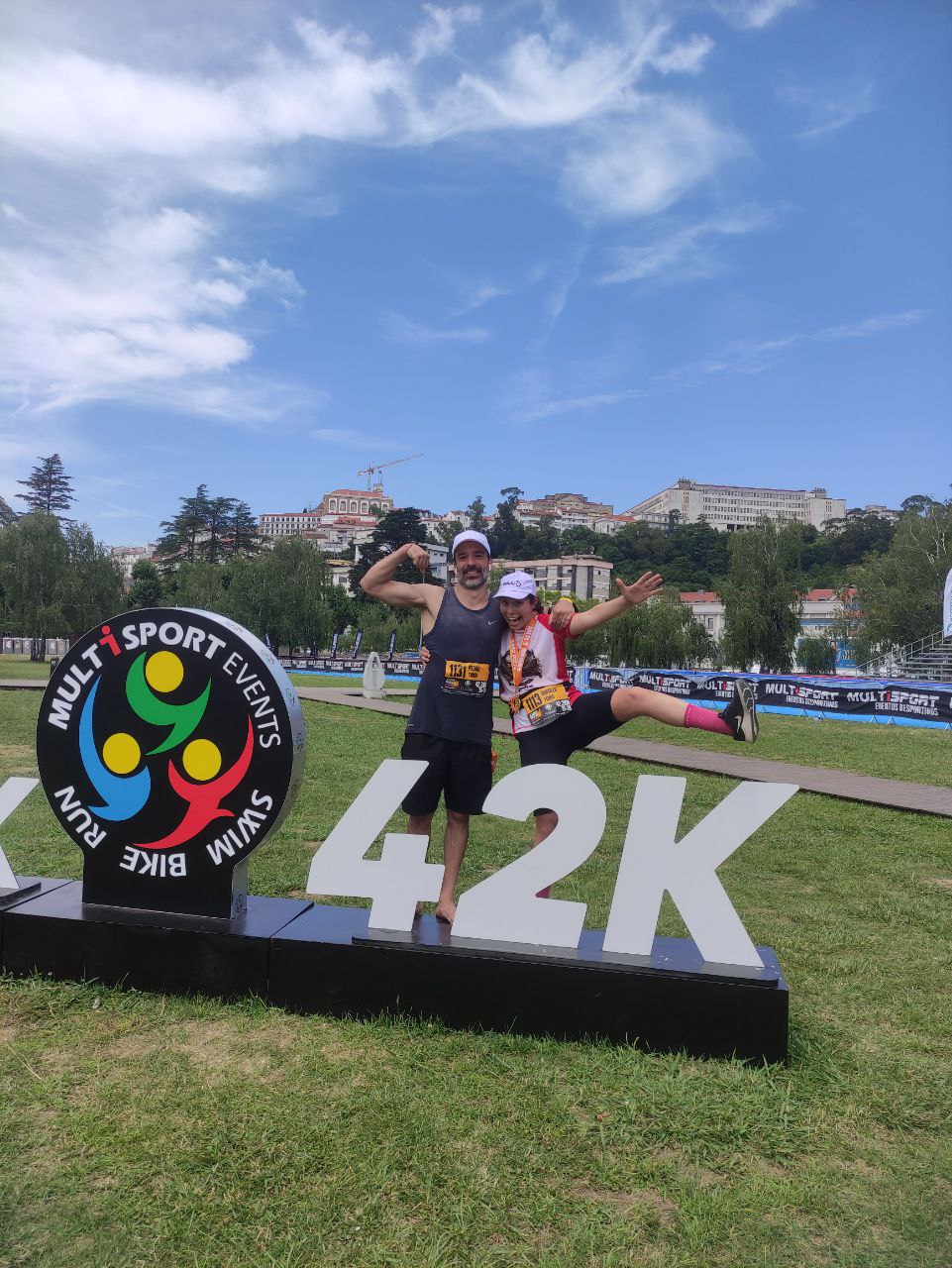
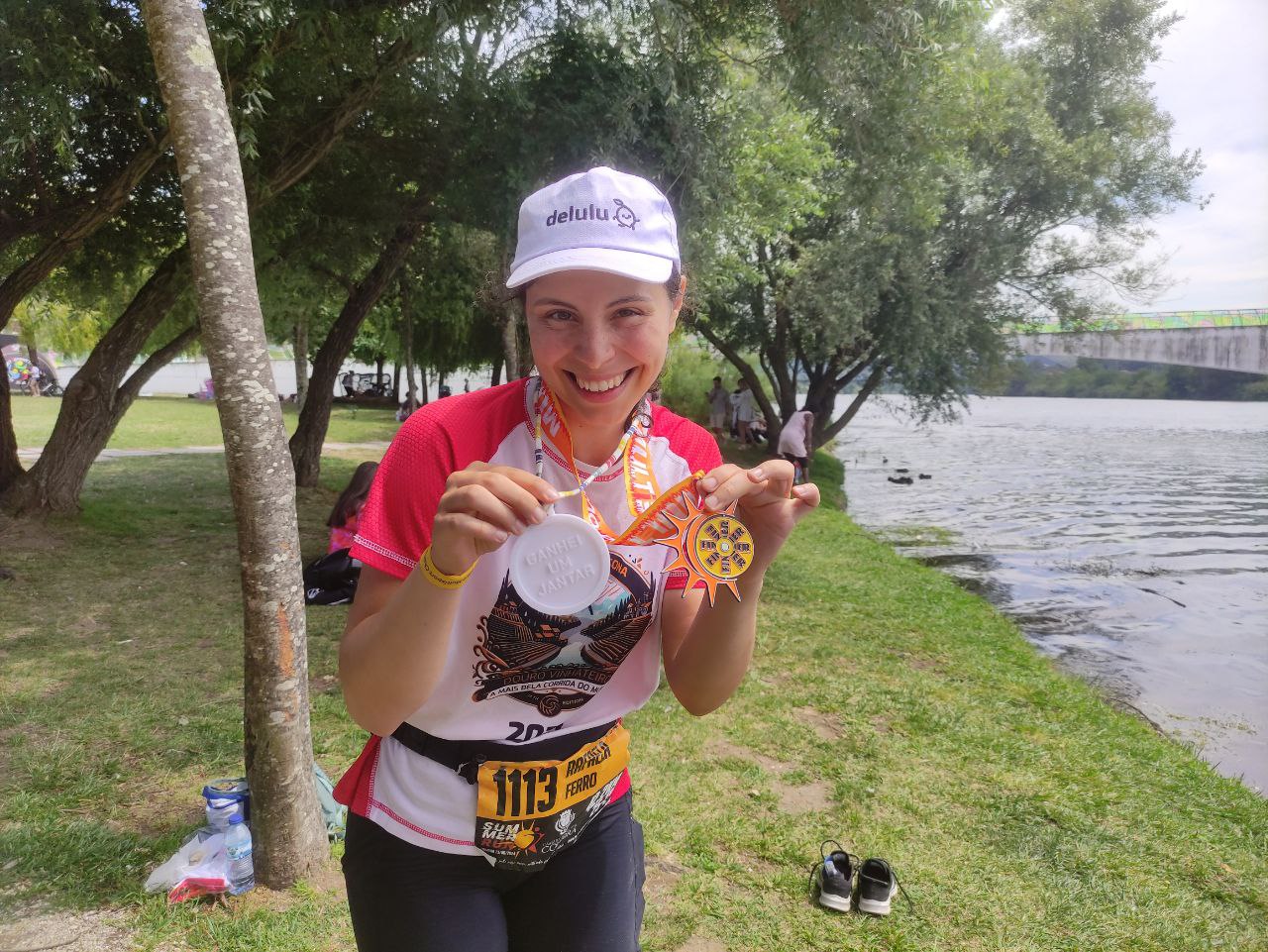
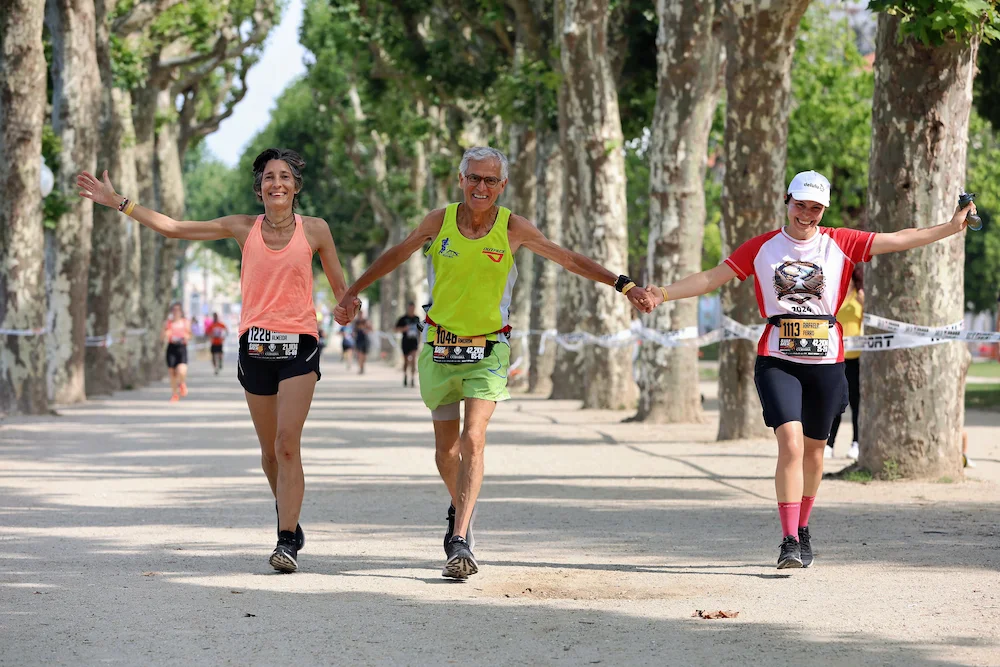
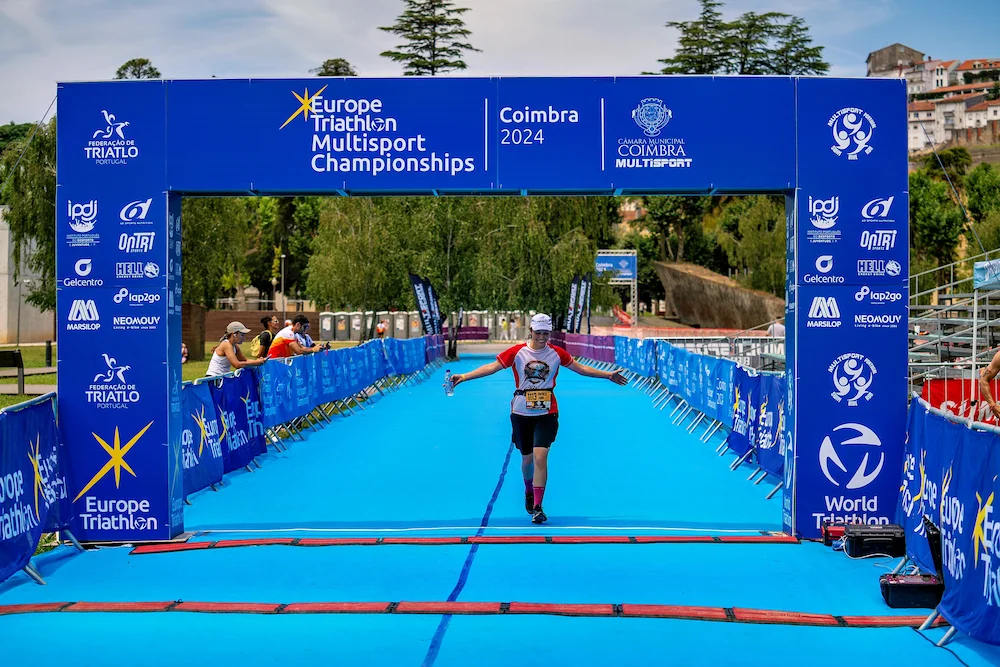
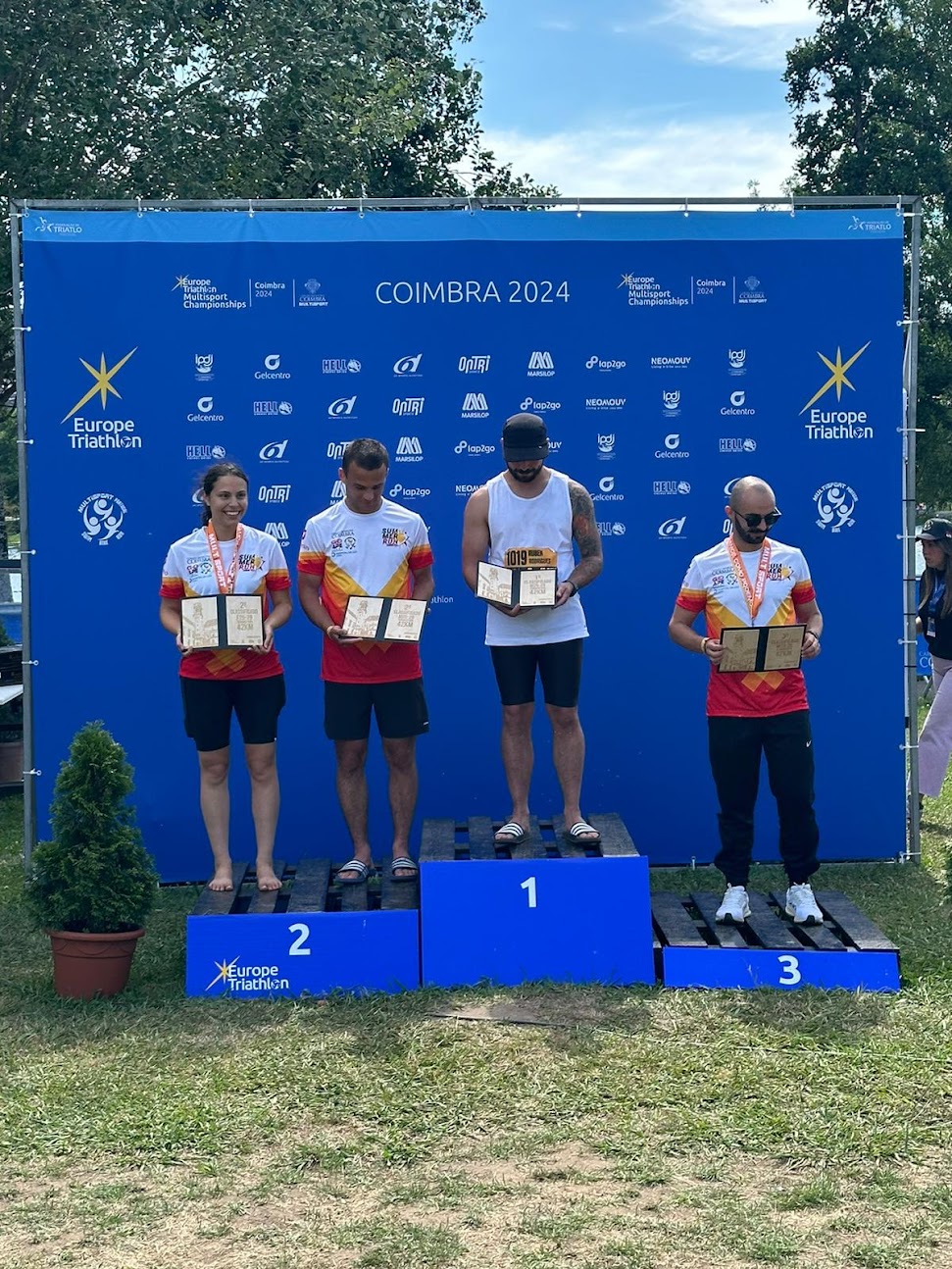
What’s next?
Tell me if you find out! After the marathon, I only ran a couple of 3-5km slow runs that left me wondering how I ever managed 42km. Now, I’m at a crossroads, figuring out what to try next. Having a big goal was very motivating, but I’m eager to explore something beyond running. If you’ve got any wild ideas, hit me up!
That wraps up these marathon chronicles.
Thank you for following along, for all the tips, tricks, and encouragement. One of the great surprises of this experience was the sense of community. I’m aware it exists in a lot of sports, but I found it first in running.
Special thanks to a few special people: Dainora, Cioga, Ana and Beão, Glória, Cláudio and Luísa, Gerardo, Emílio and Matias, Chicão, Janeiro, Tixa. Knowingly or not, you’ve all left your mark. Thank you!